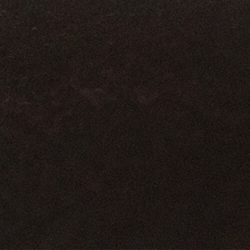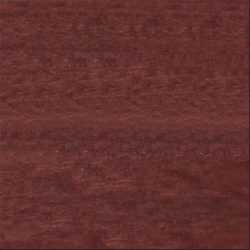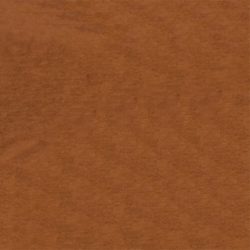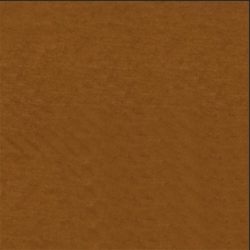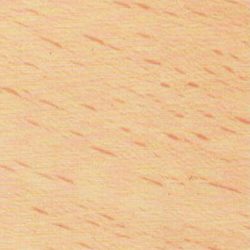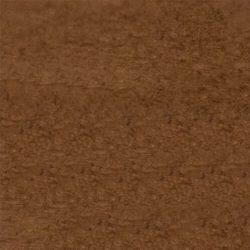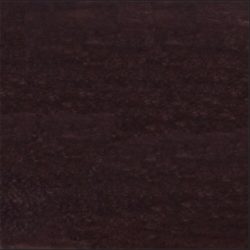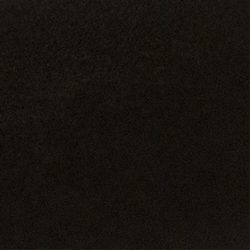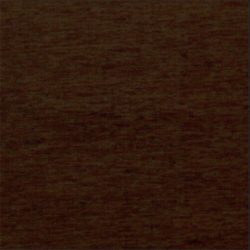HOW TO CARE FOR AND MAINTAIN OUR PRODUCTS
CLEANING OF METAL FURNITURE
To clean any of our metal furniture, wipe with a soft damp cloth. Avoid the use of chemicals or any abrasive cleaners as these may scratch the finish. A mild solution of soap and water may be used if needed but take care to not let the water come into contact with any wood, that may be on the chair.
Products with wood seats or seat backs may be cleaned in the same manner but avoid using anything more than a slightly damp cloth as too much water could damage or stain the wood. Wipe up spills immediately.
To maintain the quality of the wood and the finish do not expose to direct sunlight or excessive temperatures. Extreme changes in humidity can cause warping and or cracking of the wood.
CLEANING OF WOOD FURNITURE
To clean any of our wood furniture, wipe with a soft and slightly damp cloth. Too much water can damage or stain the wood. Avoid the use of chemicals or any abrasive cleaners. Blot spills immediately with a clean cloth. Dust often using a soft, clean, lint–free cloth. Avoid harsh fabrics, paper towels or disposable dusting towels as they may scratch the surface. Use a non–silicone and non–wax polish; do not use soap or wax.
To maintain the quality of the wood and the finish do not expose to direct sunlight or excessive temperatures. Extreme changes in humidity can cause warping and or cracking of the wood.
CLEANING OF LEATHER AND VINYL
Leather and vinyl: For minor spots and spills, immediately wipe with a soft white cloth dampened with distilled water and let air–dry. Do not dry with hair dryers, heaters, etc.
Leather: For spills of butter, oil or grease, wipe up any excess with a clean, dry cloth. Do not apply water or try to wash the spot. Leave spot alone. The spot should dissipate into leather after a short period of time.
To keep the leather supple and prevent fading, protect it from exposure to direct sunlight and heating vents. Dust with a clean soft cloth. Do not use Saddle soap, cleaning solvents, furniture polish, oils, varnish or abrasive cleaners as these can damage the leather.
CLEANING OF TEAK
Teak is naturally resistant to the elements and the original color may weather and soften to a silver–gray patina if left outside and untreated. To remove the silver–gray appearance and natural day–to–day dirt, wash with warm soapy water using a stiff scrub brush, stroking lightly in the direction of the grain. Allow to dry completely. Commercial teak cleaners and oils may be used to restore the natural color and luster of the wood.
CLEANING OF PAPER CORD SEATS
Our paper cord seats are incredibly durable and have a wonderful natural look and feel but unfortunately the paper cord is susceptible to food stains.
The paper cord is treated with a light wax to make it more resistant to discoloration and grease but stains can occur. Red wine and salad dressings are notorious for staining paper cord seats.
Never use harsh soaps or cleaning liquids on the paper cord seat as they can damage the material. The best option for cleaning stains is to act quickly: immediately after spilling, use a damp cloth to wipe off the stain as best you can.
If the stain is not taken care of immediately the best way to clean the paper cord is to use plain soap flakes dissolved in water (see directions below). It may take several treatments to lift heavier dirt and some wine or grease stains that are truly set-in may not come out at all.
Materials:
• 2 tbsp (28g) soap flakes
• 1 quart (940ml) boiled water
Instructions:
• Pour boiling water over soap flakes, using a whisk to make sure all flakes are completely dissolved.
• Allow mixture to cool slightly until it is warm.
• Wash the surface gently using a soft cloth or sponge wrung out in the solution.
• While the water is warm, use a soft cloth or sponge wrung out in the solution to gently wash the paper cord as best you can, making sure you do not get the seat too wet.
• Wipe the entire surface of the seat, but again, do not drench the material with soap mixture. It is important that the paper cord is not drenched in the solution and that the surfaces are evenly moistened to avoid staining as the surface dries.
• Allow the seat to dry at room temperature so the soap solution is absorbed into the paper cord.
You can store the soap mixture in an airtight container for up to a month.
CLEANING OF FABRIC
Most minor spots and spills, should clean off fairly easily with a cold damp white cloth. For more stubborn stains, mild soap can be used. Apply a very small amount of soap to a clean cold damp white cloth and gently agitate the fabric with the cloth. Do not rub or wipe the stain into the cloth as that can cause the stain to move deeper into the fabric. Once the stain is removed, rinse the soap from the cloth and repeat the above process until any soap residue is removed from the fabric. Overuse of soap will make it difficult to remove from the fabric. Any soap remaining in the fabric that is not washed out could cause a soap stain on the fabric. Let dry in a shady place away from direct sunlight. Do not dry with hair dryers, heaters, etc.
If the fabric cover is removable it may be cleaned in a washing machine on the gently or delicate cycle with a small amount of mild soap. Let cover hang to dry. Do not twist or wring to dry. Do not tumble dry. Any wrinkles can be removed using an iron on the medium heat setting. Do not use the steam setting on the iron.
CARE AND MAINTENANCE OF TABLE BASES
To clean any of our table bases, wipe with a soft damp cloth. Avoid the use of chemicals or any abrasive cleaners as these may damage the finish. A mild solution of soap and water may be used if needed.
Stainless steel cleaner can be used with a soft cloth on the stainless steel bases if needed. Even though the stainless steel has a brushed finish do not use any steel wool products as the “brushing” on the bases is uniform and in a consistent direction and steel wool will scratch the finish and be very noticeable.
Bases should be checked frequently to ensure that they are tight and that none of the bolted connections have become loose if they have not been factory welded. If table tops spin while the base is stationary it means that the base has come loose and needs to be tightened. Typically, this needs to be done from both the top and bottom of the base.
Table base glides on the bottom of the base should be checked frequently for wear. If standard glides are used they may be screwed in or out to prevent the table base from wobbling on uneven floors. Caution should be taken to avoid screwing out the glide to the end of the threads where it can fall out and go missing. If a glide is missing the table top will wobble and not sit level. Please contact us to order replacement glides as needed.



